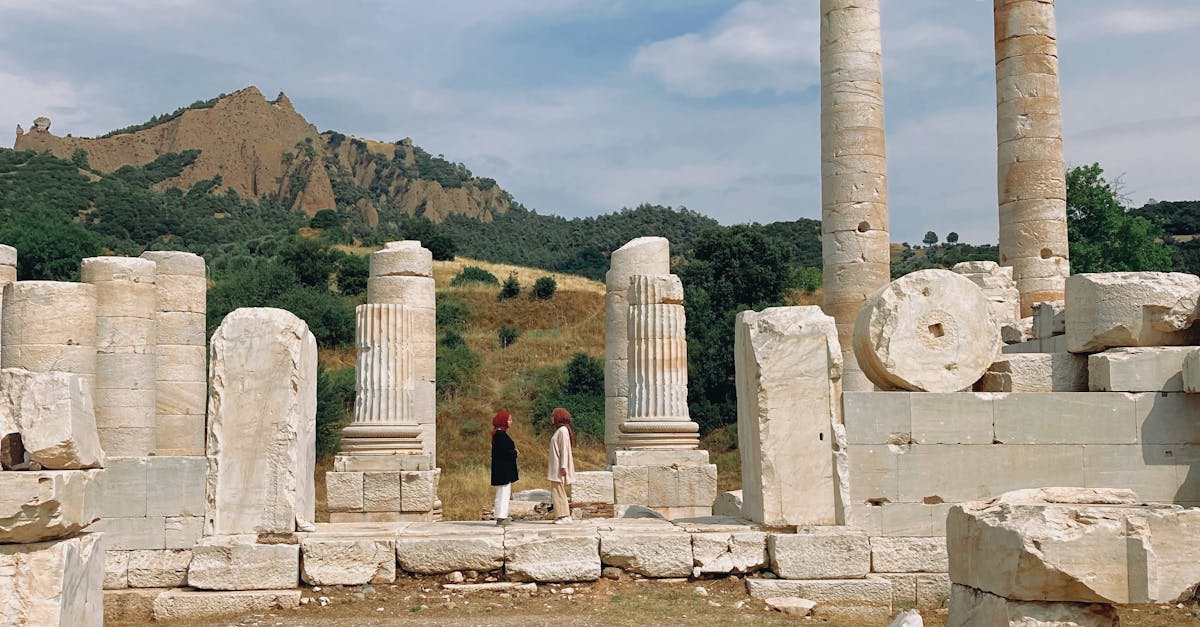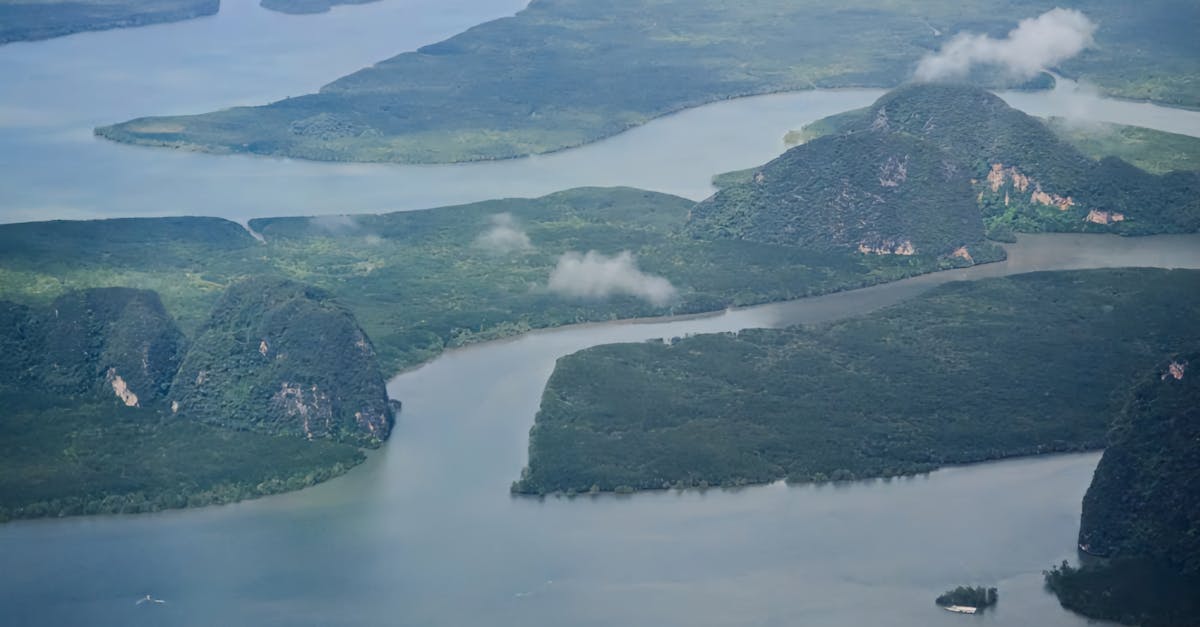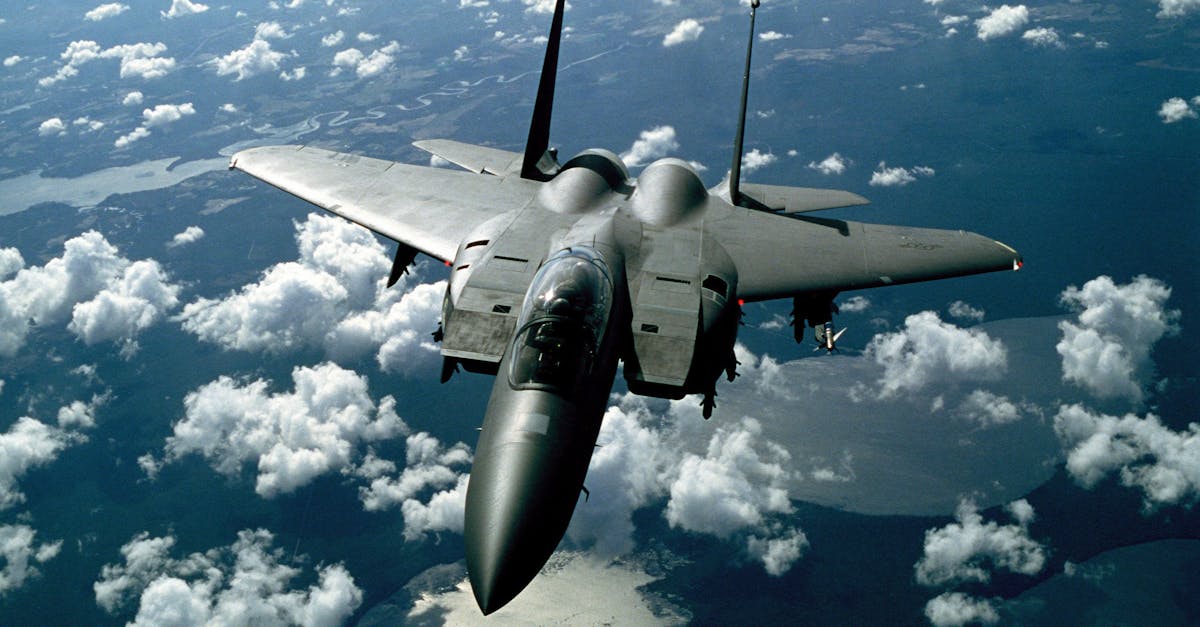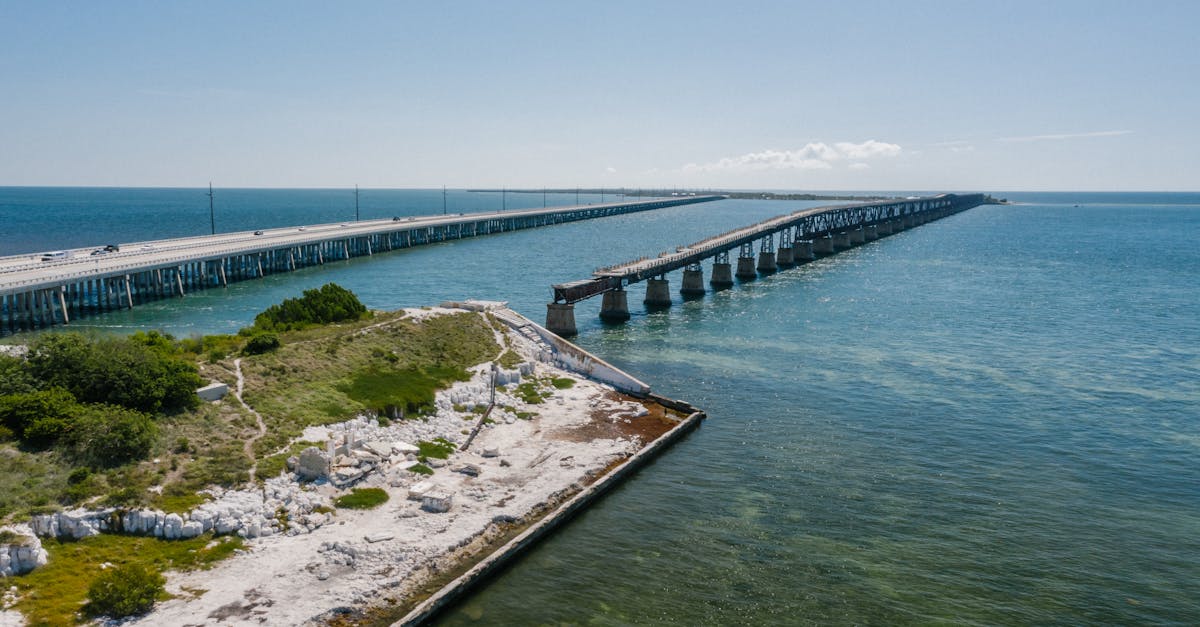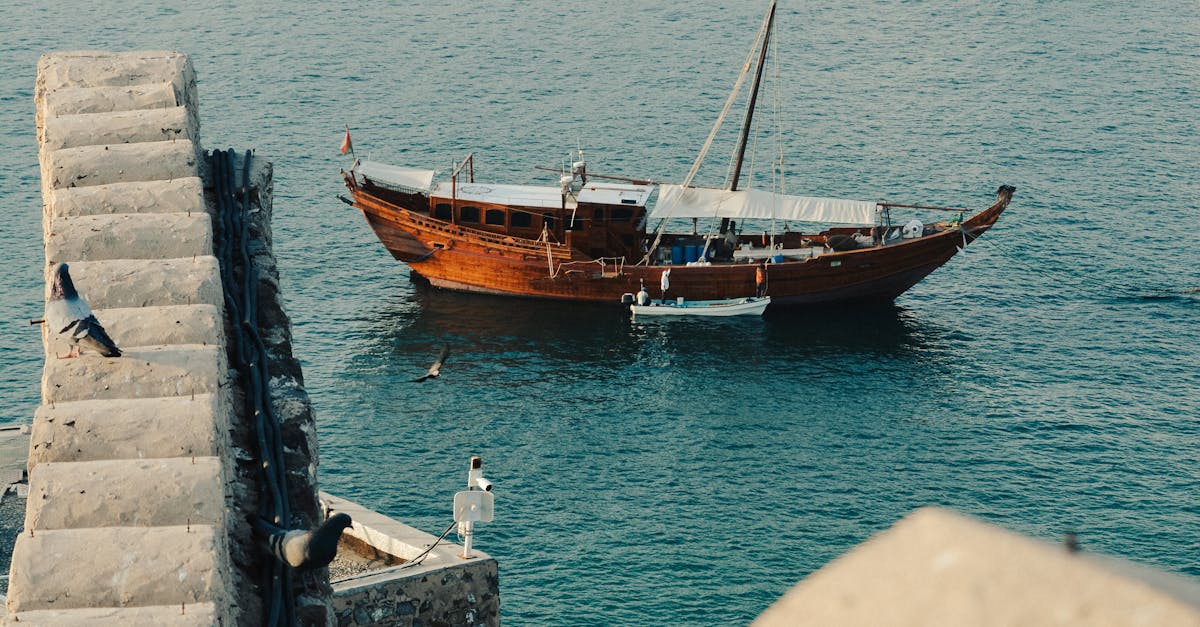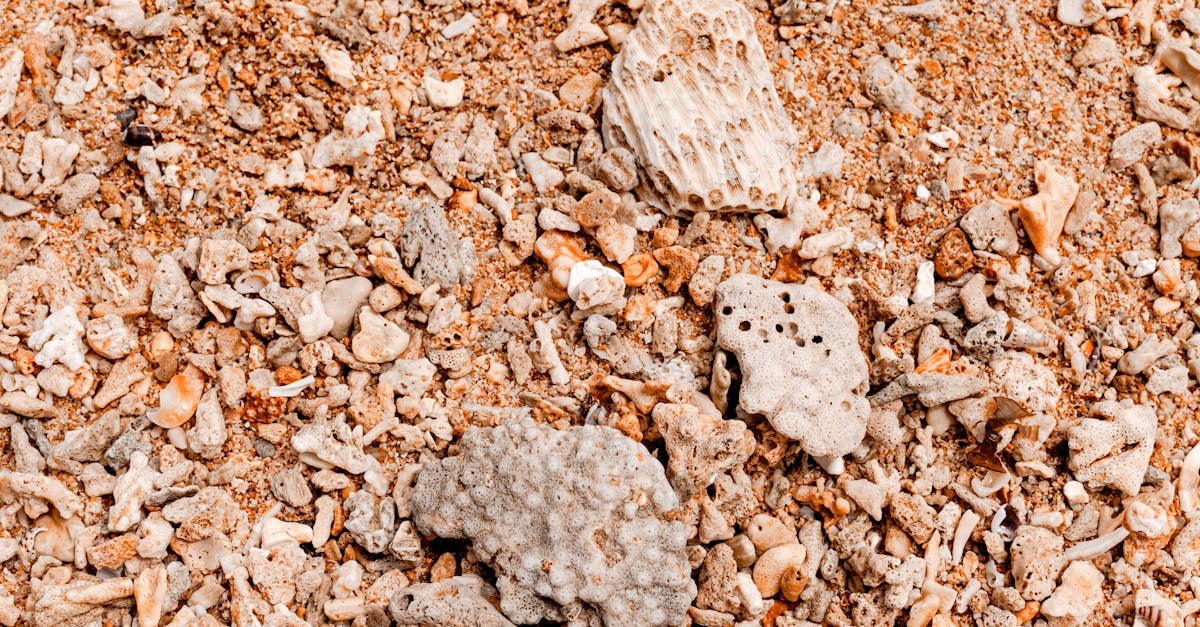India’s Online Gaming Rules
-
Calls for Deregulation: Experts and the Economic Survey 2024-25 emphasize deregulation to unlock the online gaming sector’s potential.
-
Challenges of Excessive Regulation: Heavy taxation (28% GST), retrospective tax demands (Rs 1.12 lakh crore), and legal uncertainties hinder growth.
-
Industry Self-Regulation: India’s RMG industry has collectively signed a code of ethics to establish ethical and transparent business practices.
-
Market Growth: India is the world’s largest gaming market (568 million gamers), projected to reach USD 8.6 billion by 2028.
-
Drivers of Growth: Young population, smartphone penetration, internet accessibility, localized content, booming IT sector, and digital payment adoption.
-
Negative Impacts: Gaming addiction, emotional and physical symptoms.
-
Legal and Regulatory Framework: State legislatures have power over gaming laws; IT Rules 2023 define online gaming; Prize Competitions Act 1955 regulates prize-based competitions; PGA exempts skill-based games; FDI restrictions.
-
Judicial Stance: Supreme Court recognizes horse race betting as skill-based.
-
Need for Relaxation: To foster economic growth (2-3 lakh jobs), enhance competitiveness, ensure regulatory clarity, prevent capital flight to offshore platforms, and encourage innovation.
-
Way Forward: Rationalizing taxation (tiered system), categorizing platforms by user base, uniform co-regulatory framework, responsible gaming awareness, and stricter data protection.
-
Tax Implications: The Union government’s effort to wring the online gaming sector dry is a black warrant for online gaming, as smaller startups will go bankrupt or simply shut shop and growth of illegal gambling and betting sites, which are already flourishing, typically operating offshore beyond the reach of our regulators.
PM Internship
-
Focus: Prime Minister Internship Scheme launched with a dedicated mobile app.
-
Target Audience: Young individuals aged 21-24 from low-income families.
-
Eligibility: Completion of at least 10th grade, with ITI certificates, diplomas, or graduation, and family income ≤ ₹8 lakh in 2023-24, no family member in government job. Indian citizens aged 21-24, not engaged in full-time employment or education.
-
Exclusion: Students from premier institutions (IITs, IIMs, etc.) and those with professional degrees (CA, MBA, MBBS, etc.).
-
Objective: To provide 12-month internships in top 500 companies across 24 sectors, including oil, gas, energy, travel, hospitality, automotive, banking and financial services.
-
Scale: Pilot phase targets 1.25 lakh youth with a five-year goal of reaching one crore internships.
- Impact: It is meant to bridge the gap between academic learning and industry exposure to enhance skill development and create employment opportunities for underprivileged youth.
Wheat Harvest
- India’s wheat production estimated at a record 115.3 million metric tonnes in 2024-25, up 2% from 2023-24.
- Wheat is the second largest crop by area, behind paddy. Uttar Pradesh is the top producer, followed by Madhya Pradesh, Punjab, etc.
- Wheat is India’s second most important staple food after rice and the world’s second-largest producer after China.
- Average yield is around 3.5 tonnes per hectare, lower than global averages due to factors like small landholdings and irrigation.
- Wheat is a rabi crop, sown in winter (October-December), harvested in spring (March-April).
- Ideal temperature for wheat is 10-15°C during sowing and 21-26°C during harvesting.
- Requires 50-75 cm of well-distributed rainfall.
- Grows best in well-drained loamy and clayey soils with a pH of 6.0-7.5.
- Government wheat procurement in 2024-25 is 26.6 million tonnes, lower than the 30-32 million tonne target.
- Central wheat stock is high at 14.41 million tonnes, exceeding the April 1 buffer norm.
- MSP for wheat in 2025-26 is Rs 2,425 per quintal, a 6.59% increase.
- Rapeseed and mustard production estimated lower at 12.9 million tonnes in 2024-25 compared to 13.26 million tonnes in 2023-24.
- Wheat prices have risen sharply in recent years. Retail inflation for wheat reached 8.8% in January 2025.
Ambedkar’s Philosophy
-
Renewed Attention: Dr. Ambedkar’s philosophy on social justice, equality, and freedom, particularly regarding caste and gender inequality, is gaining renewed focus.
-
Pragmatism: Influenced by John Dewey, Ambedkar used pragmatism to address real-world problems like the caste system, social injustice, and economic inequality, emphasizing action-oriented solutions. He used “force and energy” as secular terms to summate the principled and organic idea of Ambedkar. Prof. Scott R. Stroud’s work ‘The Evolution of Pragmatism in India: Ambedkar, Dewey, and the Rhetoric of Reconstruction’ is also essential for understanding the dialectics of the philosophy of pragmatism and Ambedkar.
-
Critique of Caste: Ambedkar strongly criticized the caste system as oppressive and unjust, advocating for a society based on reason and equality. “Annihilation of Caste” argues caste perpetuates social and economic inequality.
-
Legal and Constitutional Philosophy: As the architect of the Indian Constitution, Ambedkar emphasized liberty, equality, and fraternity, drawing inspiration from the French Revolution. Advocated constitutional morality, rule of law, fundamental rights, and affirmative action.
-
Political Philosophy: He viewed democracy as a way of life, emphasizing liberty, equality, and fraternity.
-
Economic Philosophy: Ambedkar advocated a middle path between capitalism and socialism, with the state playing a role in economic planning, land reforms, and labor rights.
-
Gender Justice: A strong advocate for gender equality, Ambedkar helped draft the Hindu Code Bill and emphasized women’s education and empowerment.
-
Views on Gandhism: Ambedkar was critical of Gandhism’s caste reforms, advocating legal abolition of caste.
-
Contemporary Relevance: His ideas continue to be relevant in social justice (reservation policies), constitutional democracy (addressing majoritarianism), education for empowerment, gender equality, and economic equality (labor rights).
-
Navayana Buddhism: Ambedkar reconstructed Buddhism as Navayana Buddhism, focusing on social equality and ethical living over rituals, as seen in “The Buddha and His Dhamma.”
Intelligence Summit IV
- 4th Conference of Global Intelligence & Security Chiefs: Hosted by India’s NSA, Ajit Doval, and organized by R&AW and NSCS.
- International Participation: Included intelligence officials from over 20 countries, including chiefs from the Five Eyes Alliance.
- Timing: Held a day before the Raisina Dialogue (March 17-19, 2025).
- Context: Taking place amidst global uncertainties attributed to U.S. President Donald Trump’s policies.
- Key Discussion Topics: Counterterrorism, Indo-Pacific cooperation, global challenges, global security, intelligence-sharing mechanisms, immigration and extradition, transnational crimes, narcotics, and terror financing. Intelligence sharing on transnational crimes and counterterrorism were key for India.
- Modeled After: Munich Security Conference and Shangri-La Dialogue.
- U.S. Presence: U.S. Director of National Intelligence, Tulsi Gabbard, attended and held talks with Doval, also scheduled to speak at the Raisina Dialogue.
- Canadian Participation: The visit of Canadian spy chief Daniel Rogers has come as India looks to reset its with Ottawa.
- Raisina Dialogue Link: High-level annual security dialogue organized as part of the Raisina Dialogue.
- Strategic Platform: A strategic platform for intelligence and security officials to discuss emerging threats, collaborative security frameworks, and contemporary geopolitics and geo-strategies.
Uniyala Keralensis
-
New Plant Species Discovered: Uniyala keralensis, a new plant species belonging to the Asteraceae family, has been confirmed in the Agasthyamala Biosphere Reserve in Kerala. This confirmation came 27 years after the initial specimen was collected.
-
Endemic to Southwest India: The species is endemic to southwest India, specifically found within the Agasthyamala Biosphere Reserve.
-
Distinct Features: Uniyala keralensis is a dense shrub with light purple flowers, growing 1-3m tall. It distinguishes itself from other Uniyala species by having larger leaves, longer petioles, and fewer lateral veins.
-
Discovery Timeline: A specimen was first collected in 1998 and was initially thought to be Vernonia multibracteata. Later taxonomic work separated Uniyala from Vernonia, and further comparison revealed the specimen to be a unique species within Uniyala.
-
Habitat and Population: Found on western mountain slopes of the Agasthyamala Biosphere Reserve at elevations of 700-1,400m. The population is estimated at approximately 5,000 individuals across four subpopulations spread over 250 km².
-
IUCN Status: The species is currently classified as Data Deficient (DD) under IUCN Red List Criteria.
-
Named After Kerala: The species name, Uniyala keralensis, honors the state of Kerala. The genus Uniyala is named after plant taxonomist B.P. Uniyal.
Pi Day
-
Pi Day Celebration: Celebrated annually on March 14th (3/14) as International Day of Mathematics, honoring the mathematical constant Pi.
-
Significance of the Date: The date reflects the approximate value of Pi, 3.14.
-
Pi Explained: Pi (π) is a constant representing the ratio of a circle’s circumference to its diameter. It’s an irrational number with infinite, non-repeating digits, roughly equal to 3.14.
-
Worldwide Celebrations: Events like Pi recital competitions and themed activities are held to promote interest in mathematics, theme for Pi Day 2025 is ‘Mathematics, Art, and Creativity’.
-
Historical Context: Pi has been known for nearly 4,000 years, with its symbol (π) developed in 1706.
-
Pi’s Uses: Essential in geometry, trigonometry, calculus, physics, engineering, architecture, and other areas.
-
Recent Achievement: 10-year-old Alberto Davila Aragon from Bristol, UK, set a new world record on Pi Day, recalling 280 decimal places of Pi in one minute.
Etiquette Squad
- What: Delhi Police is launching “Shishtachar Squads” to combat sexual harassment against women in public places.
- Why: The initiative aims to enhance women’s safety, a promise made by the BJP during the Delhi Assembly elections. It draws inspiration from Uttar Pradesh’s Anti-Romeo Squads.
- Structure: 30 squads will be deployed across Delhi, each comprising 12 members: an Inspector, Sub-Inspector, four female constables, five male constables, and a constable from the Anti-Auto Theft Squad.
- Operation:
- Teams will patrol “high-risk” areas daily, including at least two vulnerable spots each day.
- Women officers in plain clothes will be involved to identify and deter offenders.
- Surprise checks will be conducted on buses, and interaction with staff and passengers will take place.
- Interaction with market and residents’ welfare associations (MWAs and RWAs) to identify high-risk spots.
- Supervision: Each district will have at least two squads supervised by the Additional Commissioner of Police in the respective district’s Crime Against Women Cell (ACP-CAW). Weekly reports will be submitted to monitor performance.
- Legal Action: The squads will be empowered to take swift legal action under relevant sections of the Bharatiya Nyaya Sanhita (Indian penal code).
- Evaluation: Monthly evaluations will be conducted based on feedback from schools, colleges, RWAs, MWAs, and Police Control Rooms.
Karabakh Resolution
-
Peace Agreement Finalized: Armenia and Azerbaijan have finalized the text of a peace agreement, aiming to end the Nagorno-Karabakh conflict. This marks a potential end to decades of hostility.
-
Historical Context: Nagorno-Karabakh, an autonomous region within Azerbaijan with a majority Armenian population, sought unification with Armenia during the Soviet Union’s collapse. This led to the First Nagorno-Karabakh War (1988-1994).
-
Shift in Control: The First Nagorno-Karabakh War resulted in Armenian-backed control of the region. However, the Second Nagorno-Karabakh War (2020) saw Azerbaijan regain significant territory.
-
Azerbaijan’s Full Control: A 2023 offensive led to Azerbaijan regaining full control of Nagorno-Karabakh, resulting in the enclave’s dissolution and mass displacement of the Armenian population. Over 100,000 people, nearly the entire population, fled to Armenia.
-
India’s Stance: India supports a diplomatic resolution through the OSCE Minsk Group, remaining neutral in the conflict.
-
INSTC Implications: Both Armenia and Azerbaijan are part of the International North-South Transport Corridor (INSTC), crucial for India’s trade routes, giving India a vested interest in regional stability.
Fuji: Sacred Peak
- Climbing Fees Introduced: Japan will implement a 4,000 yen (approx. $27) climbing fee on all four main trails of Mount Fuji this summer.
- Reason for Fees: To manage overcrowding and enhance safety for tourists, addressing concerns about environmental damage and the influx of foreign tourists.
- Background: Mount Fuji is Japan’s tallest mountain and a UNESCO World Heritage site, known for its cultural significance and popularity.
- Location: Situated on Honshu Island, about 100km southwest of Tokyo, within the Yamanashi and Shizuoka prefectures.
- Climber Numbers: While climber numbers declined to 204,316 last year, from 221,322 in 2023, high numbers still warrant safety measures.
- Historical Context: A once-peaceful pilgrimage site, Mount Fuji has become a major attraction, particularly during the summer climbing season (July-September).
- Volcanic Activity: Mount Fuji is an active stratovolcano, though its last eruption was in 1707.
- Additional measures:Officials brought a cap on daily entries and online reservations on one of its popular trails due to safety and environmental damage.
- Cultural Significance: The symmetrical mountain has been immortalized in countless artworks, including Hokusai’s “Great Wave”
India’s Space Dock
- India enters elite club: Becomes the 4th nation (after US, Russia, China) to demonstrate space docking and undocking capabilities.
- Successful SpaDex mission: ISRO autonomously undocked two satellites, SDX01 (Chaser) and SDX02 (Target), launched on December 30, 2024.
- Docking Process: Satellites were brought together from 20km apart using ISRO’s own docking system (similar to ISS but with fewer motors) and locked using an extended locking mechanism. Demonstrated power sharing after docking and were commanded as a single structure.
- Undocking Importance: Crucial for India’s future space ambitions, including Bhartiya Antriksh Station (by 2035), human mission to the Moon (by 2040), and Chandrayaan-4 (lunar sample return).
- Why it Matters: Enables assembly of heavy spacecraft in orbit (weight limitations restrict single-launch missions). Essential for transporting astronauts and supplies to space stations.
- Historical Context: NASA’s Gemini VIII (Neil Armstrong) completed the first manual space docking in 1966. The USSR achieved the first autonomous docking in 1967.
Kanger Valley Park
-
UNESCO Tentative List Inclusion: Kanger Valley National Park (KVNP) in Chhattisgarh has been added to UNESCO’s tentative list of World Heritage Sites under the ‘Natural’ category. This is a significant recognition.
-
Location: Located in the Bastar district of Chhattisgarh.
-
Significance: It’s the first site in Chhattisgarh to be included in this prestigious list, promising a boost to tourism both nationally and internationally. This will carve its name as attractive tourist destination.
-
Key Features:
- Features lush green valleys, deep ravines and waterfalls, like Tirathgarh Falls.
- Features low flatlands, gentle slopes, steep inclines, plateaus, deep gorges, valleys , and winding stream courses.
- More than 15 limestone caves, including Kotumsar, Kailash, and Dandak caves.
- Home to mixed moist deciduous forests with Sal, teak, and bamboo.
- Wildlife includes tigers, leopards, mouse deer, and various bird species.
-
Historical Context: Previously affected by Maoist activity; now reportedly free from it, and under a secure environment and is going to see a major boost in carving itself as an attractive tourist destination.
-
Importance to Locals: The park is culturally significant for the local tribes.
-
River: The Kanger River flows through the park, contributing to its unique landscape and attractions.
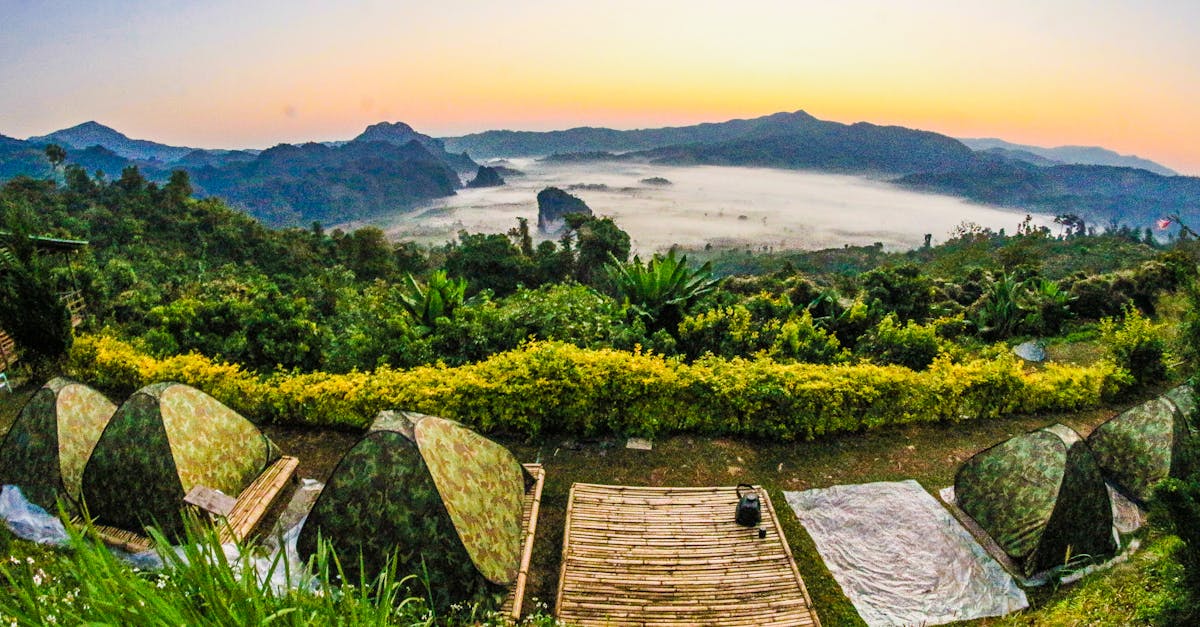
Japan’s Major Islands
- Japan’s 6,852 islands are dominated by five major ones: Honshu, Hokkaido, Kyushu, Shikoku, and Okinawa. These islands are vital for Japan’s geography, economy, and security.
- Honshu, the largest and most populous, is considered mainland Japan, housing major cities like Tokyo, Kyoto, and Osaka. Mount Fuji is located here.
- Hokkaido, the northernmost, is known for its cold climate, skiing, and winter tourism, with Sapporo as its main city.
- Kyushu, the third-largest, has significant volcanic activity (Mount Aso) and important cities like Fukuoka (industrial/trade) and Nagasaki (historical atomic bombing site).
- Shikoku, the smallest major island, is noted for agriculture (citrus), pilgrimages, and scenic beauty, connected to Honshu by bridges.
- Okinawa, strategically located near Taiwan and China, hosts crucial US military bases, vital for Indo-Pacific security.
- Japan plans to deploy long-range missiles on Kyushu, potentially targeting North Korea and China. This is due to concerns over US security stance and regional tensions. The missiles would bolster defenses and enhance counterstrike capabilities.
Water Cycles
-
Why in News: A CSE study highlights the need for water circularity to address water scarcity and environmental degradation in India.
-
India’s Water Scarcity: India is water-stressed, with rapidly declining freshwater resources and a low global ranking in per capita availability. Per capita surface water availability has declined by 73% since 1950.
-
Wastewater Crisis: Urban India generates vast amounts of sewage, but most remains untreated, polluting water bodies and land. Wastewater generation is projected to increase substantially.
-
Water Governance Issues: Cities rely on distant water sources, leading to shortages and unequal access. States show poor water management. Reuse mandates are poorly enforced.
-
Water Circularity Defined: Recycling, reusing, and recovering resources within the water cycle to maximize value and minimize waste.
-
Benefits of Water Circularity: Reduces industrial water costs, supports irrigation, saves water in power plants, recovers valuable nutrients for fertilizer, enables groundwater recharge, and produces biogas and biofuels.
-
Strengthening Wastewater Reuse:
- Water credit system for incentivizing industries to adopt water-efficient practices.
- Decentralized wastewater treatment systems for local reuse.
- Mandatory treated wastewater use for industries and power plants near STPs.
- Converting unused canal networks into wastewater supply channels.
- Tax and financial incentives for wastewater recycling investments.
- Enforcement of discharge standards with regular audits and IoT-based monitoring.
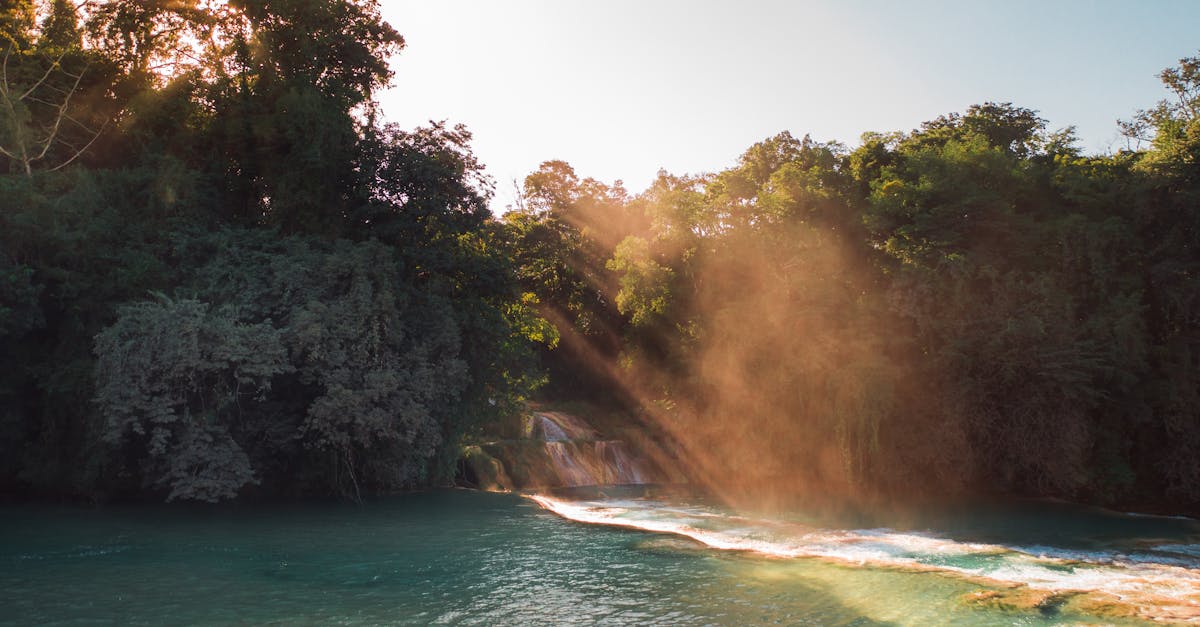
BCI
-
Strict Warning Against Unethical Advertising: The Bar Council of India (BCI) has issued a warning against misleading legal advertising and social media promotions. This is significant because it highlights the BCI’s role in maintaining ethical standards within the legal profession.
-
Statutory Body & Regulatory Authority: BCI is a statutory body created by the Parliament. It regulates and represents the Indian bar under the Advocates Act, 1961. Its regulatory function is crucial for maintaining the integrity and credibility of the legal profession.
-
Safeguarding Advocate Rights: A core objective of the BCI is to protect the rights, interests, and privileges of advocates across India.
-
Professional Conduct & Discipline: The BCI prescribes standards of professional conduct and etiquette, and it has disciplinary jurisdiction over the bar. This function is vital for ensuring lawyers adhere to professional ethics.
-
Legal Education Standards: The BCI sets standards for legal education and grants recognition to law schools, which ensures the quality of legal training.
-
All India Bar Examination (AIBE): The BCI conducts the AIBE, a certification exam for law graduates wanting to practice, ensuring a minimum standard of competency.
-
Welfare Schemes: The BCI funds welfare schemes for economically weaker and physically handicapped advocates. This is important for supporting disadvantaged members of the profession.
-
Membership: The BCI includes members elected from State Bar Councils, the Attorney General, and the Solicitor General.
Addiction Brain
-
Addiction as a Brain Disorder: Neuroscience emphasizes addiction as a chronic brain condition, not a moral failing, affecting neural circuits related to craving, emotional regulation, and decision-making.
-
Key Brain Regions: A study highlights the interconnected roles of the basal ganglia (reward), extended amygdala (withdrawal), and prefrontal cortex (decision-making) in the addiction cycle.
-
Basal Ganglia & Reward: This region, particularly the nucleus accumbens (NAc), teaches the brain to repeat pleasurable activities, reinforced by neurotransmitters like dopamine and serotonin.
-
Extended Amygdala & Withdrawal: Triggers negative emotional states (anxiety, irritability) during substance withdrawal, driving continued use.
-
Prefrontal Cortex & Decision-Making: Impairment explains continued substance use despite awareness of harm, a hallmark of addiction.
-
Adolescent Vulnerability: Adolescents are at higher risk due to the late maturation of the prefrontal cortex (impulse control).
-
Multifactorial Causes: Addiction results from a combination of genetic predisposition, psychological factors (trauma, stress), environmental influences (peer pressure), and age of first use.
-
Neuroplasticity & Recovery: The brain’s ability to adapt offers hope for recovery; research focuses on understanding and supporting long-term recovery processes.
-
Reducing Stigma: Neurobiological research helps reduce stigma by framing addiction as a treatable health condition, promoting integration into mainstream healthcare.
-
Brain Awareness Week Focus: Brain Awareness Week highlights the importance of understanding brain science for preventing diseases and improving healthcare.
India Votes: Reform Roadmap
-
ECI Meeting on Electoral Reforms: The Election Commission of India (ECI) has invited political parties to discuss strengthening the election process, addressing concerns about electoral roll manipulation and duplicate EPIC numbers.
-
Legal Framework: Article 324 of the Constitution grants ECI authority over elections. The Representation of the People Act (RPA), 1950 and 1951, and Registration of Electors Rules, 1960, govern electoral rolls and pre-election processes.
-
Voting & Counting Issues:
- Concerns over EVM tampering persist, with some advocating for a return to paper ballots.
- Demands for 100% VVPAT verification exist, but the Supreme Court has directed verification of microcontrollers in 5% of EVMs if tampering is suspected.
- Allegations of manipulated electoral rolls and duplicate EPIC numbers raise concerns about voter integrity.
-
Campaign Process Concerns:
- Violations of the Model Code of Conduct (MCC) by star campaigners are common.
- Election expenditure limits are often exceeded by candidates, and there are no limits on party spending.
- Criminalization of politics is increasing, with a significant percentage of MPs facing criminal charges.
-
Needed Reforms:
- Voting/Counting: Scientific VVPAT matching, totaliser machines to protect voter anonymity, and Aadhaar-EPIC linking to prevent fake voters.
- Campaign: Stricter MCC enforcement, revoking ‘Star Campaigner’ status for violations, and capping party expenditure.
- Criminalization: Enforce SC directives on declaring criminal records and fast-tracking MP/MLA trials.
-
Committee Recommendations: Vohra Committee (criminal-politician nexus), Law Commission (disqualify politicians upon charge framing), 2nd ARC (state funding to curb illegitimate money).
-
Way Forward: Strengthen ECI powers, address criminalization of politics, ensure electoral transparency (RTI for political parties), and promote voter awareness.
Caracal
-
Recent Sighting: A rare caracal has been spotted in Rajasthan’s Mukundra Hills Tiger Reserve, generating excitement among wildlife enthusiasts. This marks the first photographic record of the caracal in the reserve, captured via a camera trap.
-
Critically Endangered Status: The caracal is classified as critically endangered in India, with a population of fewer than 50 individuals, primarily found in Rajasthan, Gujarat and Madhya Pradesh.
-
Conservation Threats: Key threats to the caracal population include habitat loss, human-wildlife conflict, and poaching.
-
Physical Characteristics: The caracal is a medium-sized wild cat with a slender body, long legs, and a short tail. They have tawny or reddish-brown fur with black markings on the face, ears, and tail. They are known for their ability to leap high to catch birds.
-
Habitat and Distribution: Caracals inhabit grasslands, savannas, scrublands, and forests in the Middle East, Africa, Central Asia, and India.
Sarthi & Pravaah
-
RBI Wins Digital Transformation Award: The Reserve Bank of India (RBI) was awarded the UK’s Digital Transformation Award 2025, showcasing its successful tech initiatives.
-
Sarthi Initiative: Launched in January 2023, Sarthi digitized RBI’s internal workflows. This improved record management, data analysis, and secure document sharing. The initiative included online training (Sarthi Pathshala) and support from “Sarthi mitras”.
-
Pravaah Initiative: Introduced in May 2024, Pravaah enables external users to submit regulatory applications digitally. It seamlessly integrates with Sarthi for efficient processing.
-
Benefits of Pravaah: Pravaah provides real-time tracking and analytics for applicants and RBI managers, replacing slow paper-based systems. It has led to an 80% increase in monthly applications.
-
Impact: The digital transformation, supported by robust cybersecurity, has significantly enhanced transparency and efficiency within the RBI.
Bodo Accord
-
Bodo Accord Implementation: Union Home Minister Amit Shah stated 82% of the 2020 Bodo Accord’s conditions have been met, with the remainder to be fulfilled in two years.
-
Background: The Bodo issue in Assam involves ethnic and political aspirations for a separate state of Bodoland, leading to insurgency and multiple peace accords.
-
Bodo Community: The Bodos are Assam’s largest tribal community (5-6% of the population), historically dominant in parts of the region.
-
Timeline of the Bodo Movement: A series of accords and attempts to resolve the Bodo issue. Early demands for a separate state, armed conflicts, and two previous accords led to the formation of autonomous councils.
-
2020 Accord: This accord brought peace with four NDFB factions, increasing the BTC’s powers and resolving cases against militants.
-
Financial Aid: Rs 287 crore has been spent on rehabilitating 4,881 NDFB members (90% funded by the Centre).
-
Recognition and Tribute: A Delhi road will be renamed after Bodofa Upendra Nath Brahma. His bust will also be unveiled in Delhi.
-
Political Context: The Congress party initially criticized the accord, but Shah highlighted its positive impact on peace and development.
-
Upcoming Elections: Elections for the Bodoland Territorial Council (BTC) are scheduled this year.
-
Status: A unified front of BJP and United People’s Party Liberal is in power.
Betwa River
-
Critical Condition: The River Betwa, once a life source, is now “gasping, groaning, almost gone” due to neglect and human actions.
-
Historical and Cultural Significance: The Betwa, known as Vetravati in ancient texts, holds deep religious and historical importance, mentioned in the Vedas and revered in the Mahabharata. It is considered the “Ganga of Madhya Pradesh.”
-
Geographic Information: The river originates in Jhiri village, Raisen district, Madhya Pradesh, flows through Madhya Pradesh and Uttar Pradesh, and empties into the Yamuna River.
-
Cause of Decline: The river’s decline is attributed to multiple factors including drying of origin, illegal borings, deforestation, sand mining, unchecked construction, and the dumping of pollutants.
-
Impact: The river’s demise impacts farmers, communities, and the region’s heritage, threatening centuries of history and life. The catchment areas that once stored water have been consumed by concrete and the forests that protected it has been cut.
-
Government Response: Official responses include promises of action, but concerns exist regarding the lack of immediate and effective measures.
-
Ken-Betwa Link Project: The project aims to transfer water from the Ken River to the Betwa for irrigation and drinking purposes, highlighting the recognition of the river’s water scarcity and significance.
CAG of India
- The Supreme Court will examine a petition challenging the President’s sole power to appoint the CAG.
- The petitioner, Centre for Public Interest Litigation, alleges deviations in CAG work, including paused Maharashtra audits, reduced Union government audits, shelved debt sustainability audits, and recruitment corruption allegations.
- The CAG is India’s supreme audit authority, safeguarding public finances and ensuring transparency.
- The CAG is an independent constitutional authority (Article 148).
- Appointment is by the President for 6 years or until age 65.
- Removal is similar to a Supreme Court judge (proven misbehavior/incapacity, special majority).
- CAG audits Union, state governments, PSUs, and autonomous bodies.
- Audits include financial, compliance, performance, and propriety audits.
- Reports go to the President and Governors, then Parliament and State Legislatures.
- The CAG’s independence is crucial, ensured by salary/expenses charged to the Consolidated Fund of India, and the impeachment process.
- The petitioner argues for a non-partisan selection committee involving the Prime Minister, Leader of Opposition, and Chief Justice for CAG appointments.
- The petition cites similarities between CAG and Supreme Court judge appointment processes, with the constitution being silent on CAG appointment procedures.
- The petitioner contends that the executive’s exclusive control over CAG appointment compromises independence, referencing precedents where courts intervened to ensure the independence of institutions like Election Commission, Central Vigilance Commission, and Information Commissioners.
- The court questioned if judicial intervention would rewrite Article 148, noting similar appointment processes for Governors and Attorney Generals.
Ancient Stones
- Mudumal Menhirs: Ancient standing stones (megaliths) in Telangana, India, are likely to become a UNESCO World Heritage Site.
- Age: Dated to roughly 3,500-4,000 years old, these are among the oldest menhirs in India. European menhirs can be as old as 7,000 years.
- Menhir Definition: A large, upright, man-made stone, often tapered at the top. They are sometimes part of larger megalithic complexes.
- Purpose: While debated, menhirs likely served ceremonial functions, possibly marking graves or having astronomical significance (e.g., aligning with solstices).
- UNESCO Significance: Menhirs offer insights into the ingenuity of early humans and their understanding of astronomy, physics, and their view of the world.
- Mudumal as Observatory: UNESCO dossier suggests the Mudumal site was a megalithic astronomical observatory, with menhirs aligned with solstices.
- Local Beliefs: Mudumal menhirs are associated with local legends, with one worshipped as Goddess Yellamma.
- India’s Second UNESCO Site: The Mudumal site will be Telangana’s second UNESCO World Heritage Site, following its addition to the tentative list.
- Early Human Ingenuity: The effort and precision in creating and placing the massive stones reveal sophisticated knowledge.

